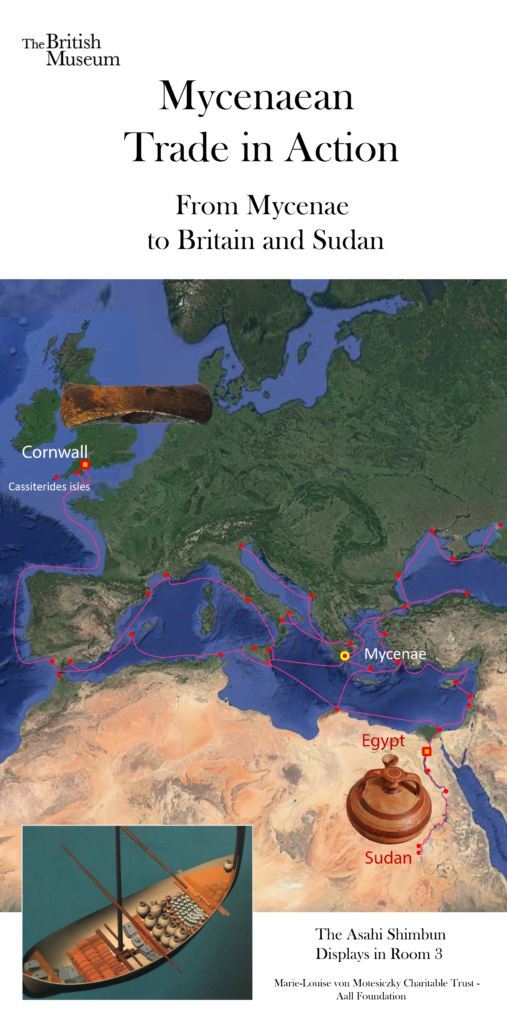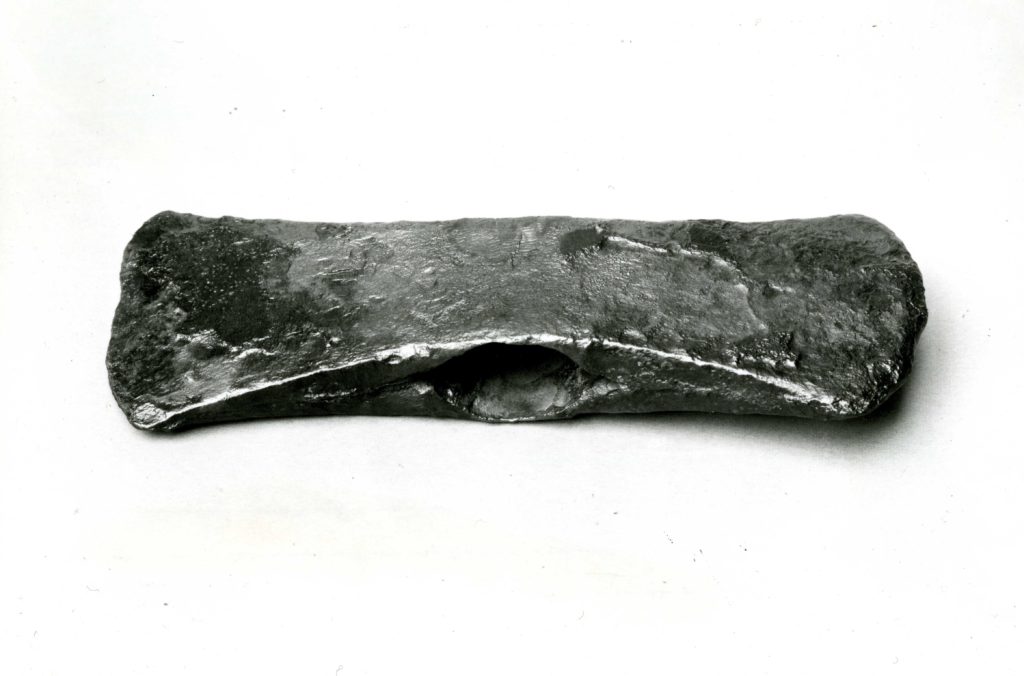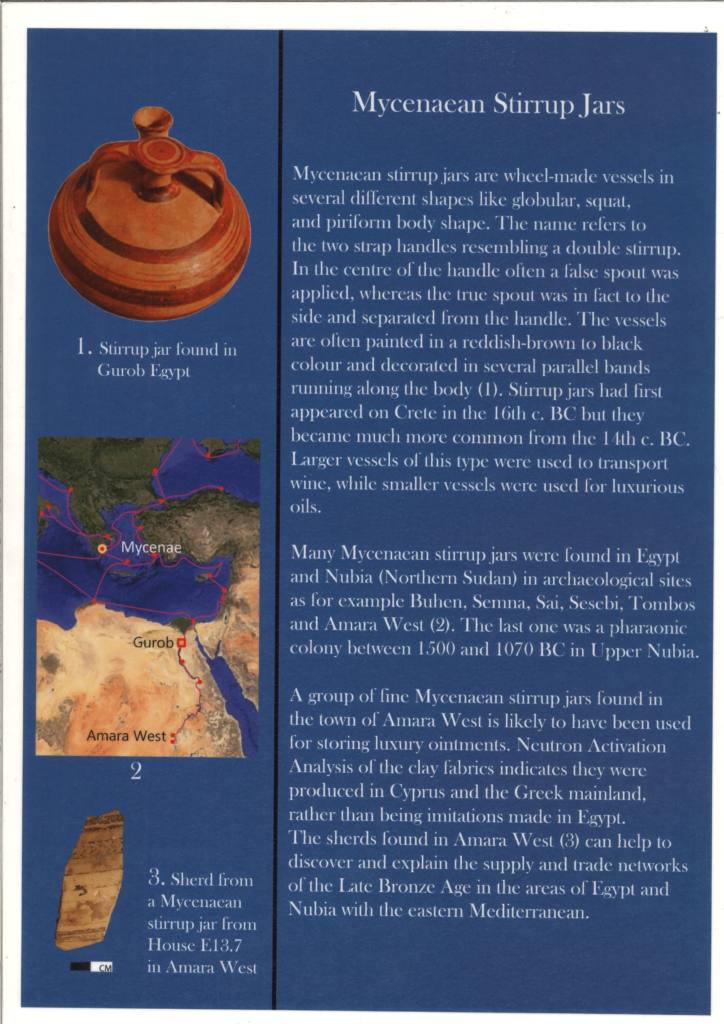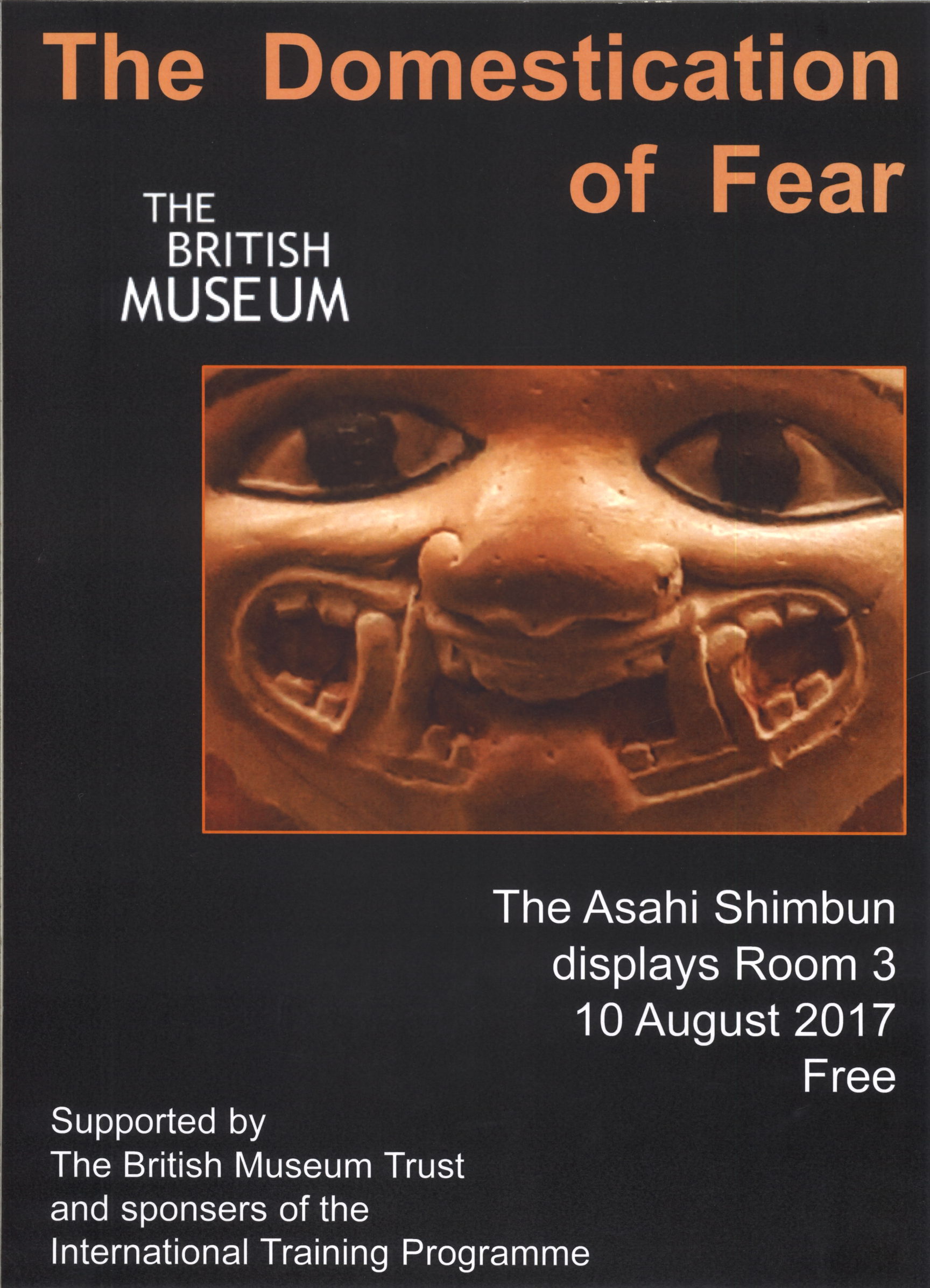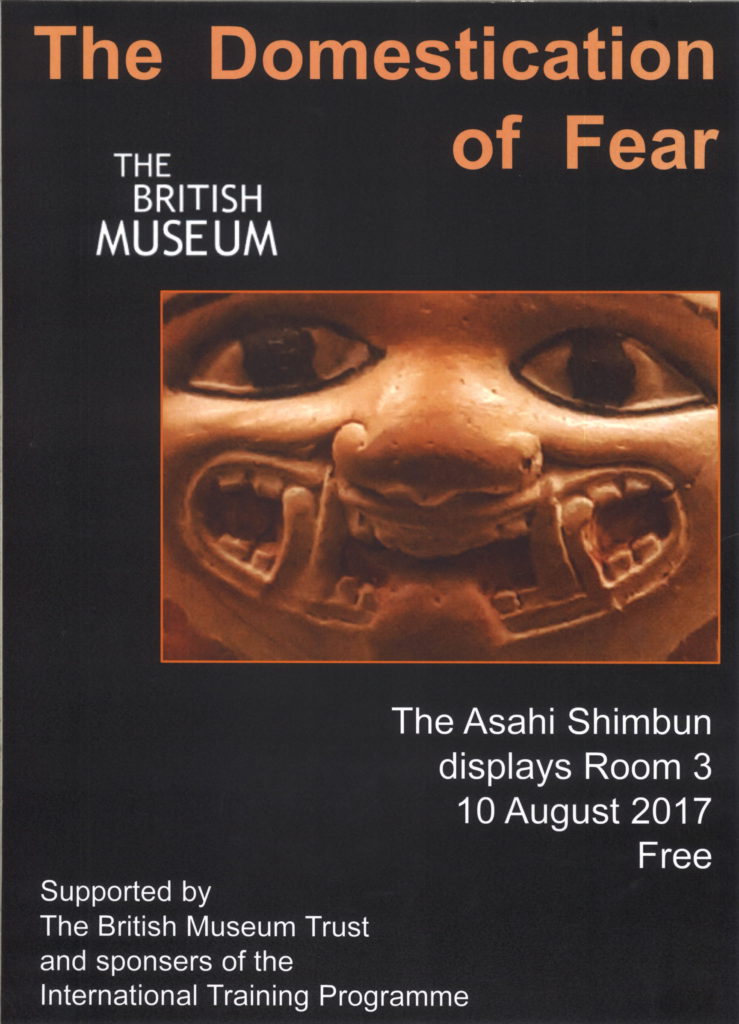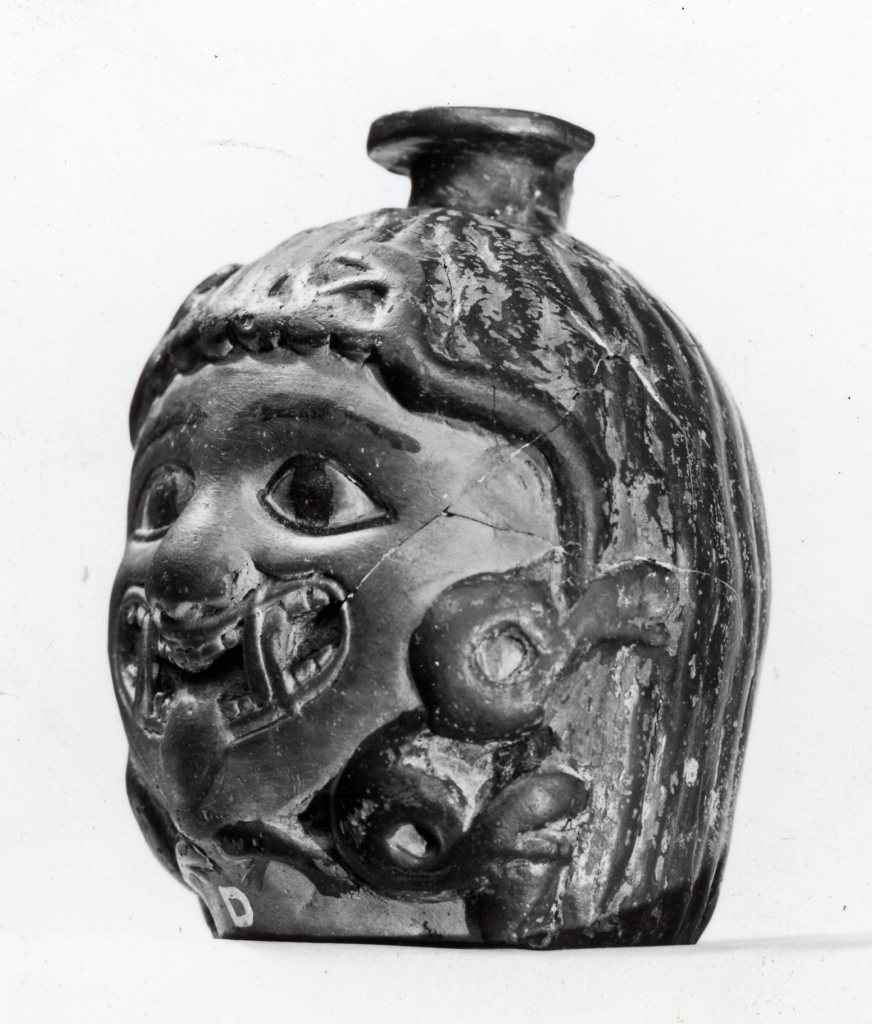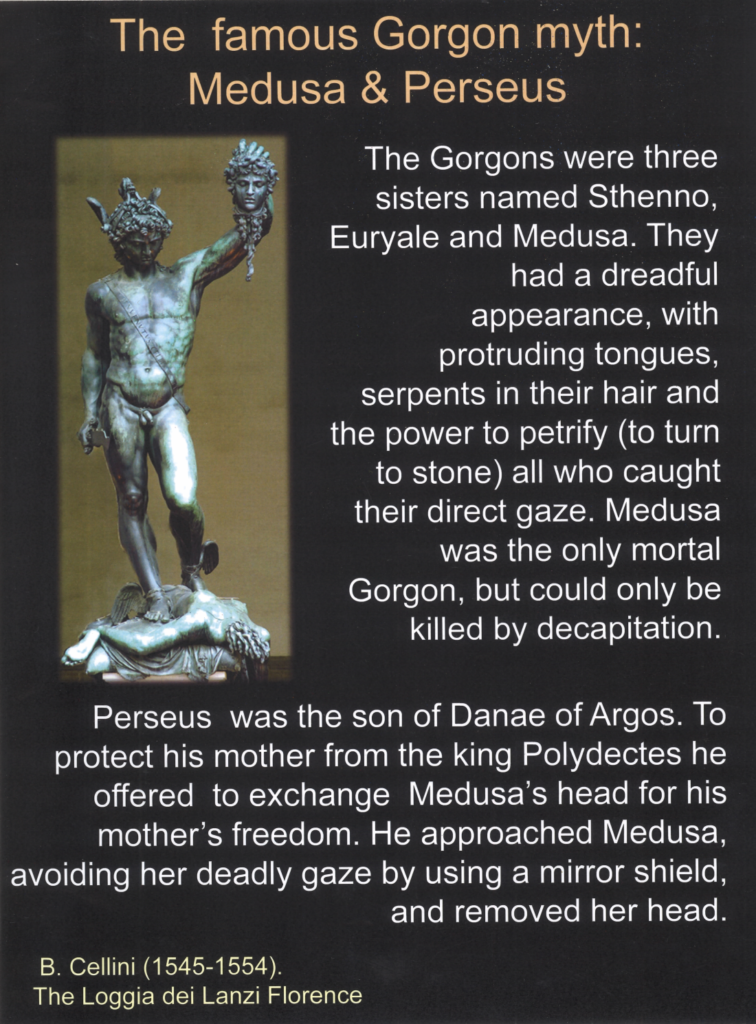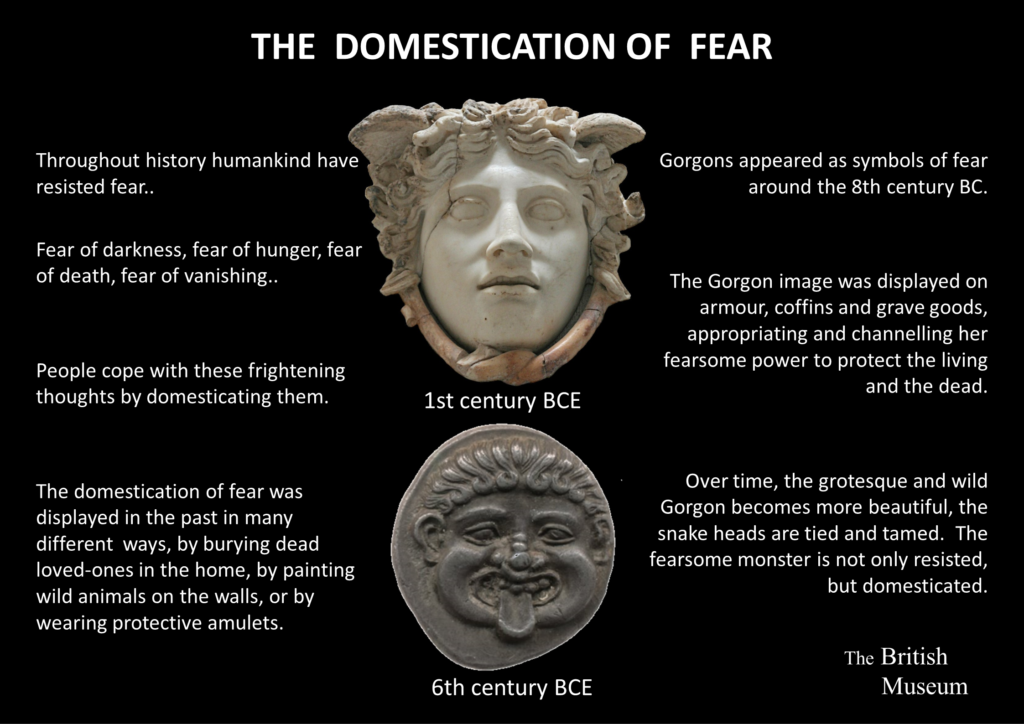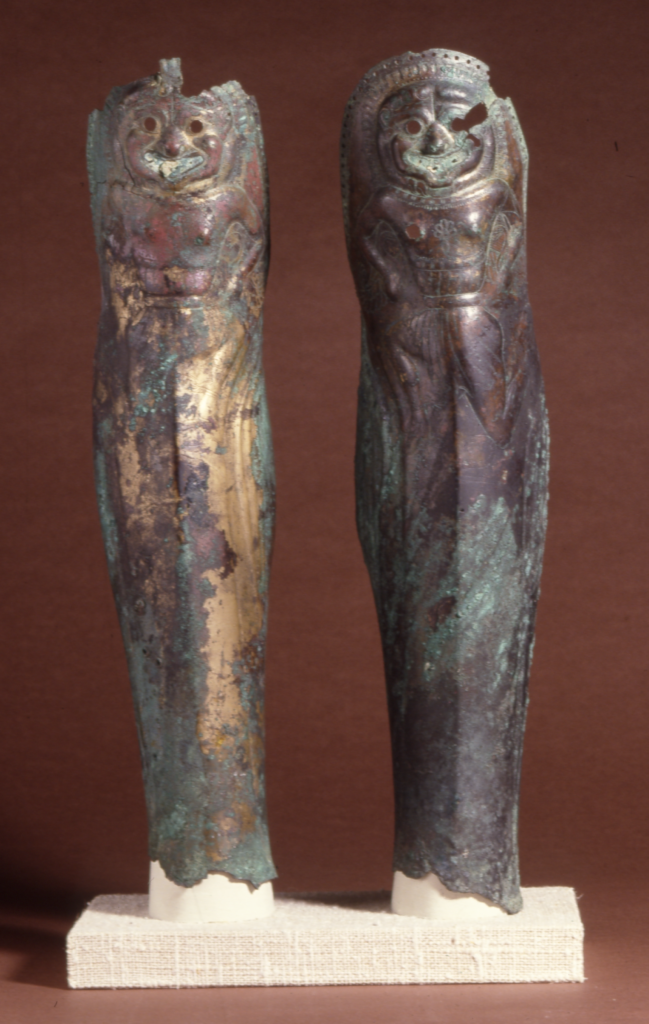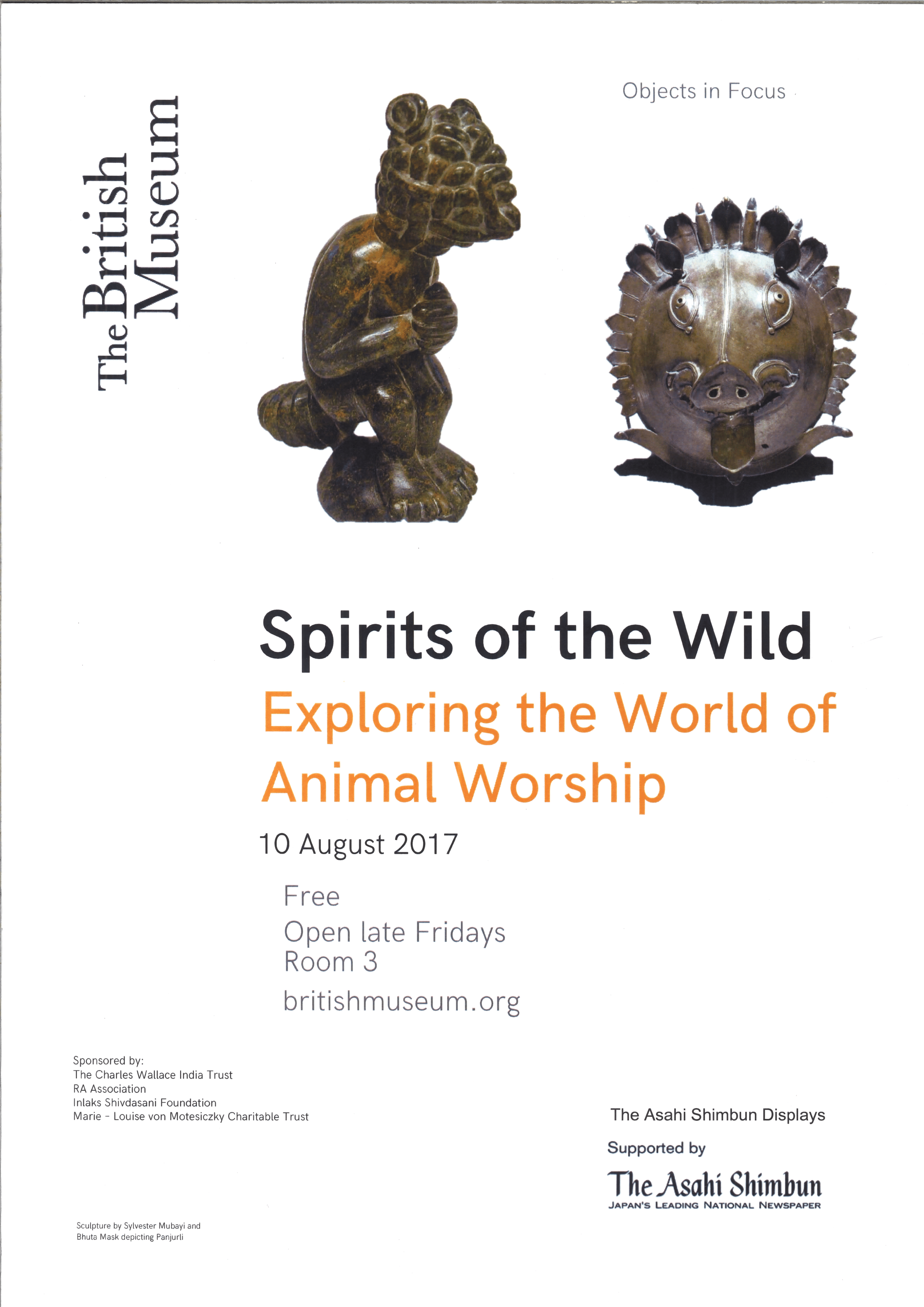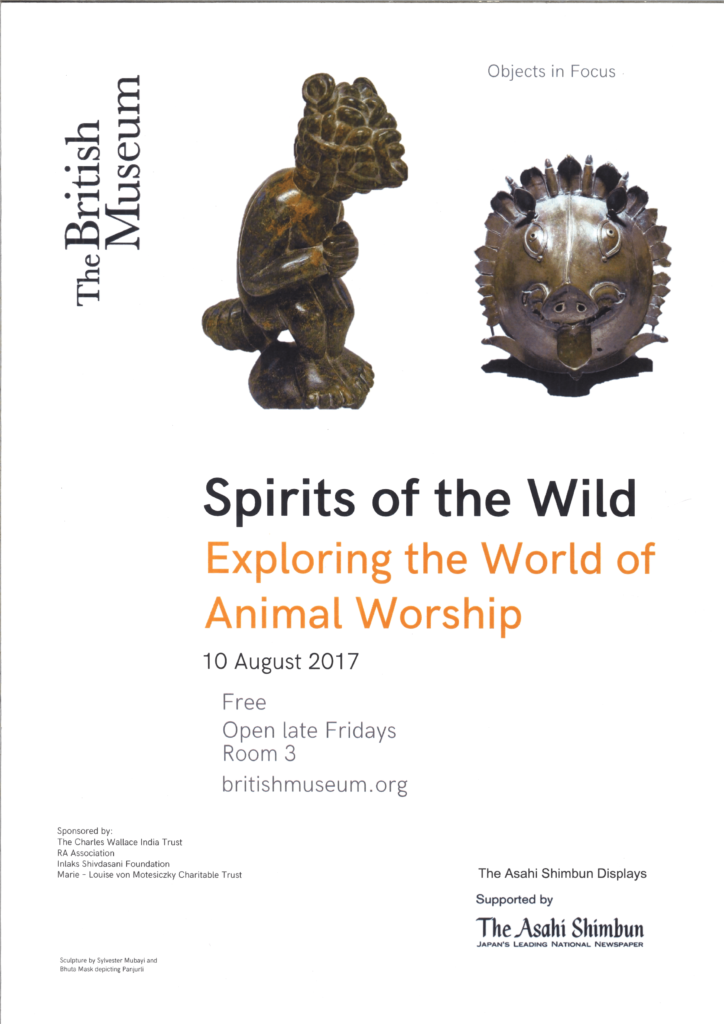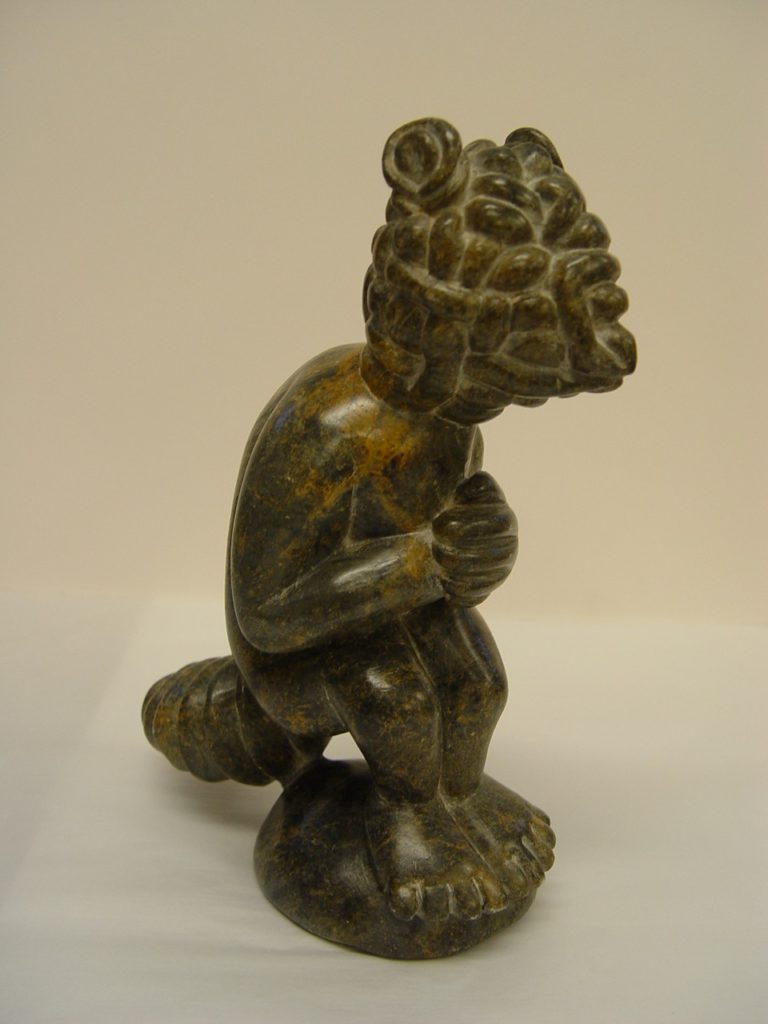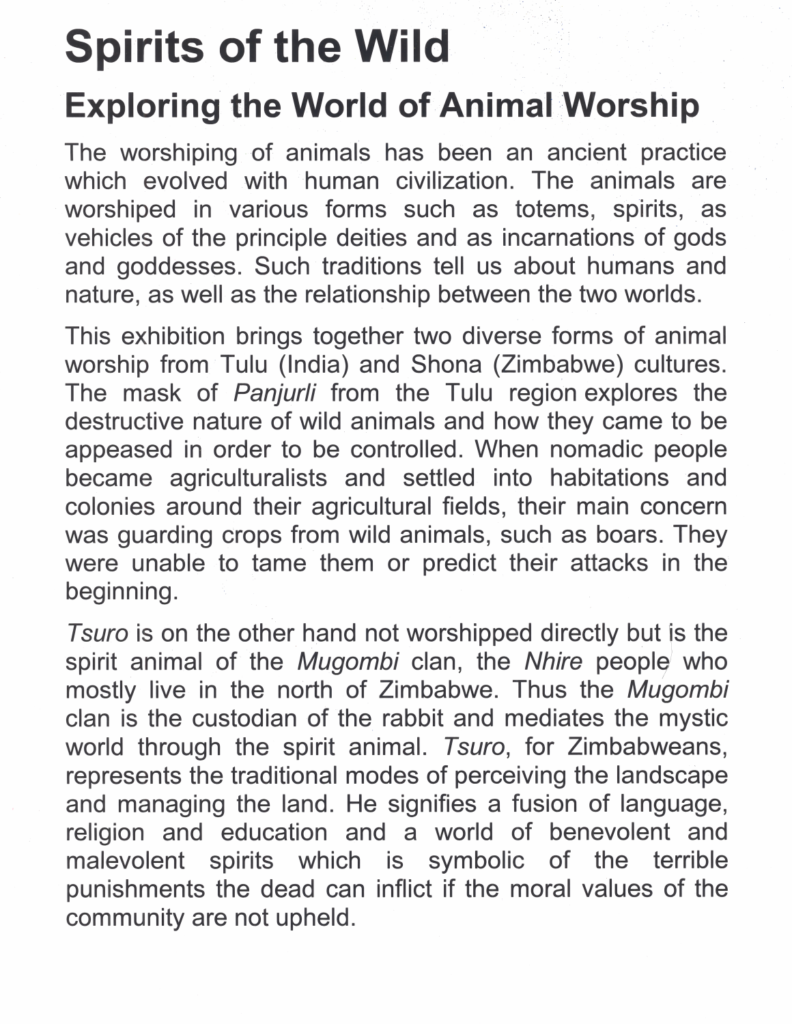Mycenaean trade in action
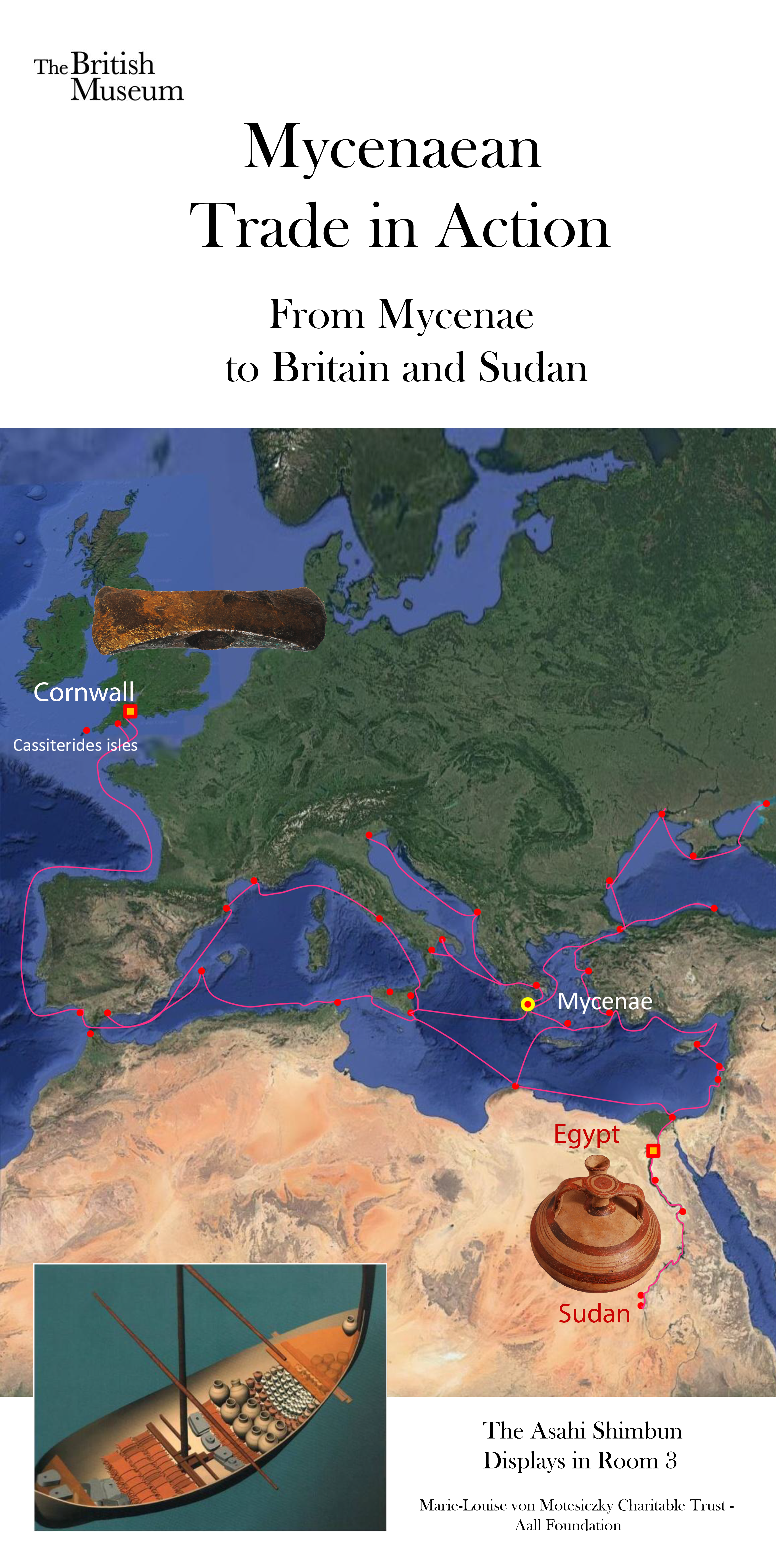
from Mycenae to Britain and Sudan
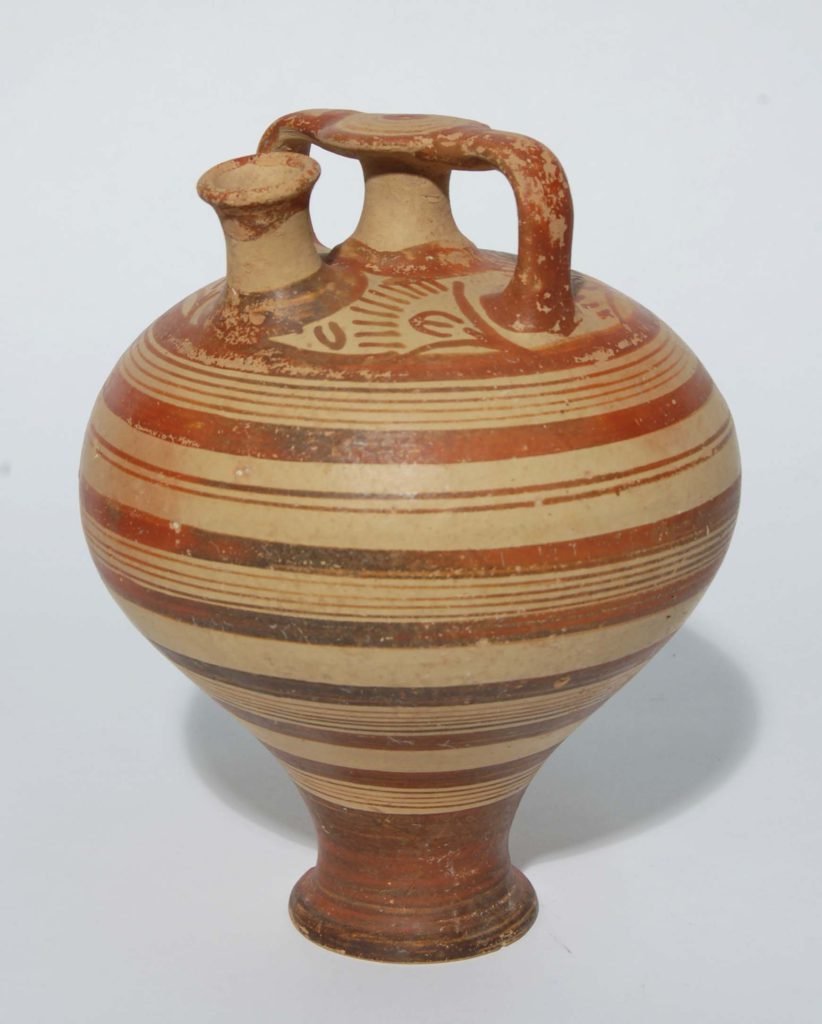
Mycenaean stirrup jar, From Greece, 1400 BC-1200 BC, Found in Gurob, Egypt
This stirrup jar is wheel made, has a piriform body on a high stem and a false neck with two strap handles. It is decorated with red brown painted bands and can have chevrons on the shoulder. Such vessels have been used for the storage and transport of luxury ointments and oils. Although shapes and decorative styles were of Cretan origin, the final decoration of the Mycenaean vessel was not quite as finely executed as in Minoan centers such as Knossos and Phaistos.
